Focusing on Oak Ridge's Vietnam War veterans
Benita Albert has taken a different approach from her normal story development. She has focused on a group of men who are Vietnam War veterans. One of them, Jim Roper, is a friend I have known for several years. The others I just met a few weeks ago, when Benita asked me to sit in on one of the breakfast meetings at the Jefferson Soda Fountain, a favorite breakfast place for me.
You should know that I am a proud Vietnam War veteran, as well. I am pleased to see Benita focus on these veterans with Oak Ridge connections, three of them graduated from Oak Ridge Schools and the fourth has children who have attended school here.
She begins by reflecting on the long tradition of veterans from Oak Ridge and then focuses on the Vietnam War era. Enjoy learning from Benita about these veterans.
***
The story of war runs deep in Oak Ridge history. As their parents worked long shifts to create the infrastructure necessary to support the Manhattan Project in our Secret City, many Oak Ridge High School students signed up for active duty in the military. Seven seniors of the ORHS Class of 1944, the first graduating class from ORHS, received their diplomas early and left to join U.S. forces. Many would follow.
ORHS Principal Charles Oliver gave a parting speech to the Class of ’44. He offered the following advice, “Some of you boys, by choice or otherwise, will soon find yourself in some branch of the armed services. It is regrettable but true that we have a war to fight, a victory to win, and a peace to win. I dare you to make valiant soldiers, courageous sailors, or fearless Marines.”
Sam Langstaff (ORHS ’45) recalled that he got both his ORHS diploma and an Army summons from Uncle Sam on his ORHS graduation day. He was inducted into the U.S. Army that same day.
Charlie Price was one of the few students who enrolled as a freshman at ORHS on the first day of school in 1943 and later received a Class of ’47 diploma. However, he also left ORHS early to join the Army.
His tour of duty included being a part of the U.S. occupation forces in Japan. He saw the devastation of World War II all around Tokyo, and notably, he also made a visit to view the ruins of Hiroshima. Charlie said he never did know what his father did for work in Oak Ridge. He does remember his father deflecting questions about his secret work and always smiling while saying that he made “striped paint.” (The Oak Ridger, Dec. 21, 2018).
In August of 1950, 11 rising seniors from ORHS learned their next year would not be in the classroom. They were members of the Oak Ridge National Guard assigned to the 194th Engineering Combat Battalion. More of their story was told by Barbara Pullen (ORHS ’51) in the book “Celebrating 75 Years of Excellence in Education in the Oak Ridge Schools: 1943-2018," Class of 1951 story.
The students were also honored with a special ORHS Oak Log page titled, “To Our Boys in the Service.” Their duties included road maintenance and bridge construction and/or destruction as needed for supply flow or for deterring enemy transit. They were awarded the Republic of Korea Presidential Unit Citation for “Outstanding performance against the enemy from September 1950 to July 1952.”
In writing the story of U.S. Army four-star Gen. B.B. Bell, I learned that this Oak Ridge native (ORHS ’65) was the executive assistant to Gen. Norman Schwarzkopf who planned and led Operations Desert Storm and Desert Shield. Gen. Bell’s father was one of the earliest Oak Ridgers, a 1943 West Point graduate deployed to Oak Ridge on an engineering assignment with the Manhattan Project.
In his three-year assignment under Schwarzkopf, then Col. Bell worked as a key liaison with senior military and political leaders in Washington, as well as across the Central Command: the Army, Navy, Air Force, and Marines. Gen. Bell’s final military posting was as the Four-Star Allied Commander of all military in South Korea where he led over 1 million men and women in uniform with the mission of deterring an attack from North Korea. He retired from service in 2009. More of his life story was published in two parts and appeared in The Oak Ridger on Nov. 8 and Nov. 11, 2019.
Vietnam veterans
The above-mentioned heroes and many others from Oak Ridge have answered the call of duty across the now 80-year history of this WWII-birthed city. However, in my collection of stories across those years, I find that one long war, the Vietnam War, has not been a part of my writings. Oak Ridge students from the classes of 1960s and the early 1970s were profoundly affected by this second longest war in U.S. history. I was particularly struck by this thought while attending a 50th reunion of the ORHS Class of 1971 as a former ORHS teacher. Class President Charlie Ergan gave tribute to the Vietnam veterans in attendance, an emotional moment for everyone there.
It is past time to tell some of their stories, and I feel fortunate to have found four remarkable men with Oak Ridge roots who all have interesting stories to share. They are all Vietnam vets. Three are ORHS graduates: Richard T. "Tommy" Ethridge (ORHS ’61), Jim Roper (ORHS ’67), and J. Richard "Rick" Young Jr. (ORHS ’67). The fourth, Jimmy Luttrell, is a graduate of Knoxville Rule High School (Class of ’62), who is now celebrating 56 years of marriage to Mary (Kilgore) Luttrell (ORHS ’63). He has been an Oak Ridge resident since 1967. Jimmy and Mary have seen their children and grandchildren graduate from ORHS.
Jim Roper named the group the “ROMEO Club,” a moniker that I was somewhat reticent to have explained. His answer, “Retired Old Men Eating Out,” greatly relieved my first thoughts. I had named them “The Jefferson Fountain Saturday morning breakfast club.” That is how we met, hungrily queuing up for the first eggs off the grill and the bottomless cups of coffee.
Tommy can be expected to arrive in one of his latest classic cars to join the group, just as the doors open at 8 a,m. Jimmy and Rick noticed that my husband, Mark Albert, also wore a veterans cap. It is a special bond across branches of service, time, and experiences that Mark and I now cherish in these new friends we have found. Look for the long back table, just in front of the fireplace, where they choose to dine and to greet the many fellow patrons and Jefferson Fountain staff who enjoy their genuine camaraderie.
Tommy Etheridge
Tommy Ethridge, with his parents and four siblings, arrived in Oak Ridge via Greyhound bus in 1952. When the family spied their new home, an assigned TDU (Temporary Dwelling Unit) on a treeless lot at 105 Hickory Place, they suggested getting back on the bus to return to their former Alabama home. Tommy’s father, Charles, was hired as a machinist at Y-12, a job that he would continue until retirement.
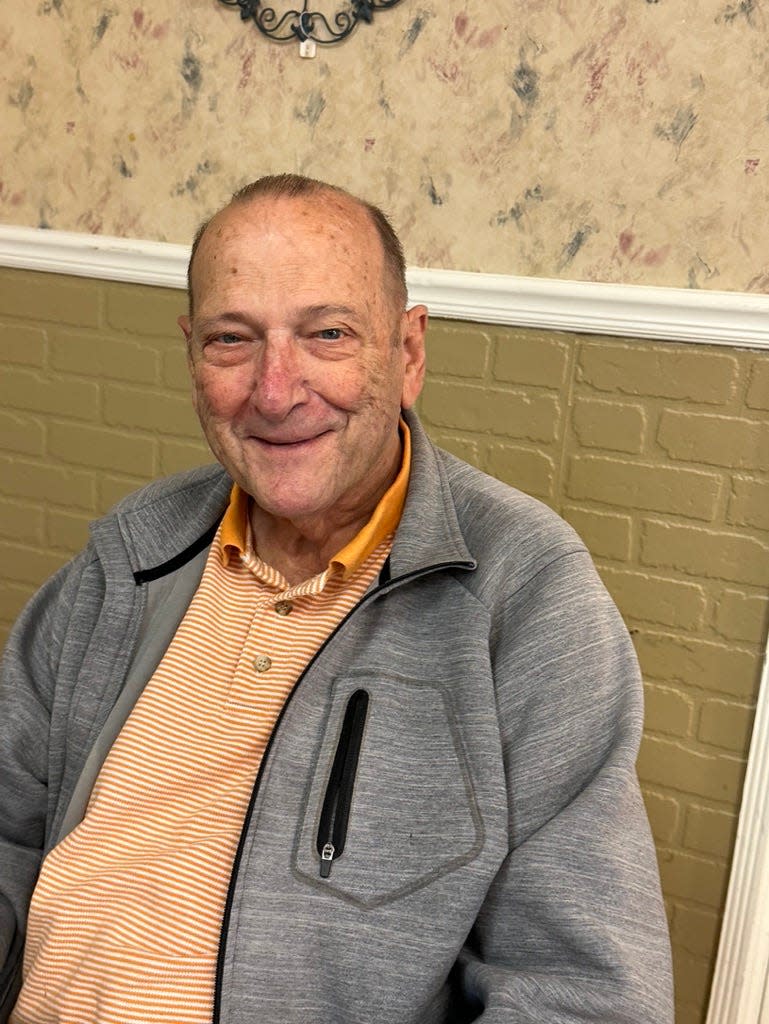
Tommy remembered his father’s adherence to the vow of secrecy his early work entailed. His dad delighted in telling curious friends and family that he made windshield wipers for submarines. Later Charles would serve as an inspector on moonrock cases he helped build for the NASA Apollo Missions.
Tommy shared the following story.
"Astronaut Alan Shepard had to use his own belt to secure a case full of rocks that would not latch during his Apollo 14 mission. That case was returned to my dad for inspection. He discovered that a tiny overlapped piece of a 'zip-lock' bag holding some of the rock samples had compromised the sealing tolerance of the case, and thus, it would not lock.” No doubt, it was a finding that provided great relief for the Y-12 designers and fabricators.
Tommy’s mother, Jackie Estell, served as the minister for the Mountain Assembly Church of God in Oak Ridge.
Tommy recalled that, at the encouragement of Robertsville Junior High Coach Robert Stuhlmiller, he began playing football at Robertsville then later at ORHS. He played right tackle on offense and left guard on defense. He was proud to note that he played with friends whose Wildcat team became state champions in their senior year of ’61.
He also had high praise for RJHS art teacher George Wilson who introduced him to a lifelong passion for art, a hobby that Tommy still enjoys, namely painting and carving.
Tommy described himself as a “distracted student, bright but prone to trouble making.”
ORHS Principal Tom Dunigan suggested Tommy take a battery of tests to certify his credit requirements for early exit from ORHS and the Class of ’61. Tommy said, “I was bored and needing a change of scene.” His test results validated his knowledge and skills. His ORHS diploma was mailed to him some two years later, after he had enlisted in the Air Force.
Older brother Charles (ORHS ’54) was an example for Tommy of post-high school pursuits. Charles was a career military man who served in both the Korean and Vietnam wars. He later died from the debilitating effects of Agent Orange exposure in 1968. Tommy chose to enlist in the U.S. Air Force. Two weeks into boot camp he received a call from his dad informing him that a military draft summons had arrived for him. The Army needed soldiers, but as for Tommy, his military future was underway as an airman and refueling specialist.
Jimmy Luttrell
Jimmy Luttrell had no idea when he visited the west end Oak Ridge skating rink in 1962 that the cute girl who caught his eye would be his future wife. He found himself making many more Oak Ridge visits to get to know Mary Kilgore.
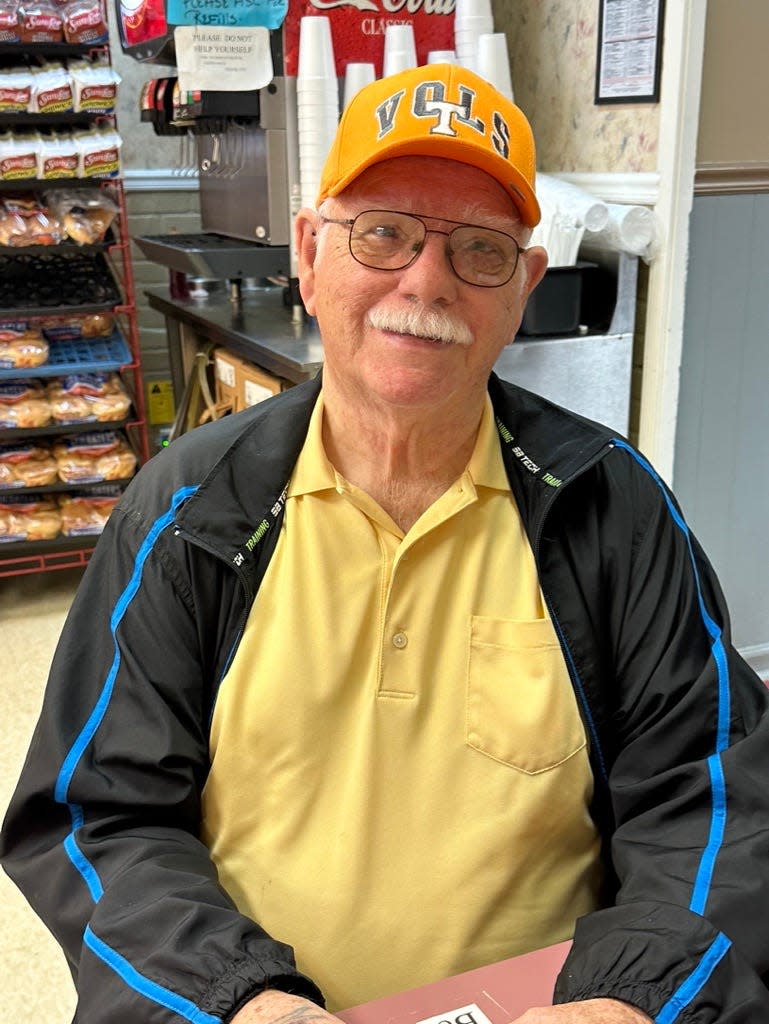
Mary’s family arrived in 1944 when her father moved from TVA dam construction jobs, where work in the area was drying up. It was his TVA supervisor who advised workers that government jobs were waiting for the entire crew to help build a new city in East Tennessee. Her mother insisted on delaying the family’s move until two weeks after Mary, the youngest child, was born.
Mary said, “My mom did not want Army doctors delivering me in the new secret city.”
Before the Kilgore family, which included four children, was assigned Oak Ridge housing, they lived in a farmhouse just outside Elza Gate. Mary said she could look outside their home’s windows and see people waiting for the gates to open in the early morning. The family later moved to a flattop on the east end of Oak Ridge, followed by one more relocation to a TDU in the Grove Center area. Her father was first employed as a mortar man alongside brick masons on federal construction projects before joining the city of Oak Ridge maintenance services at Manufacturing Sciences.
Mary described a popular teen hangout, the Oak Ridge skating rink, as a structure with oiled wooden floors and large wooden window flaps that could be propped open for greater air circulation. Jimmy and a friend of Mary’s brother had a habit of visiting area rinks to, as Jimmy put it, “Look for women.” He found Mary and they began dating, but he said, “My ‘Uncle Sam wants you letter’ in May 1965 put any future planning on hold.”
Mary was in nurse’s training when he left, and she soon began work at the Oak Ridge Hospital. They mutually agreed to allow each other space during Jimmy’s enlistment, only writing sporadically. However, a letter from Mary within the last two weeks of Jimmy’s active duty service, brought him back to Oak Ridge in May of 1967. They married on July 1, 1967 after what Jimmy described as his concerted attempts to woo Mary away from another aspiring suitor.
Rick Young
Rick Young’s parents moved from Georgia on the promise of a war-supportive job in 1943. His father had a 4-F classification, and he had previously worked in a mill and in the Savannah shipyards before being selected for craftsman work in Oak Ridge at Y-12.
The family stayed in Oak Ridge where Rick and his fraternal twin brother David were born, and where his father’s career advanced to a craft foreman. Rick remembered one of his father’s proudest work accomplishments, a team project to design and build the cases the NASA Apollo Missions used to collect moon rocks.
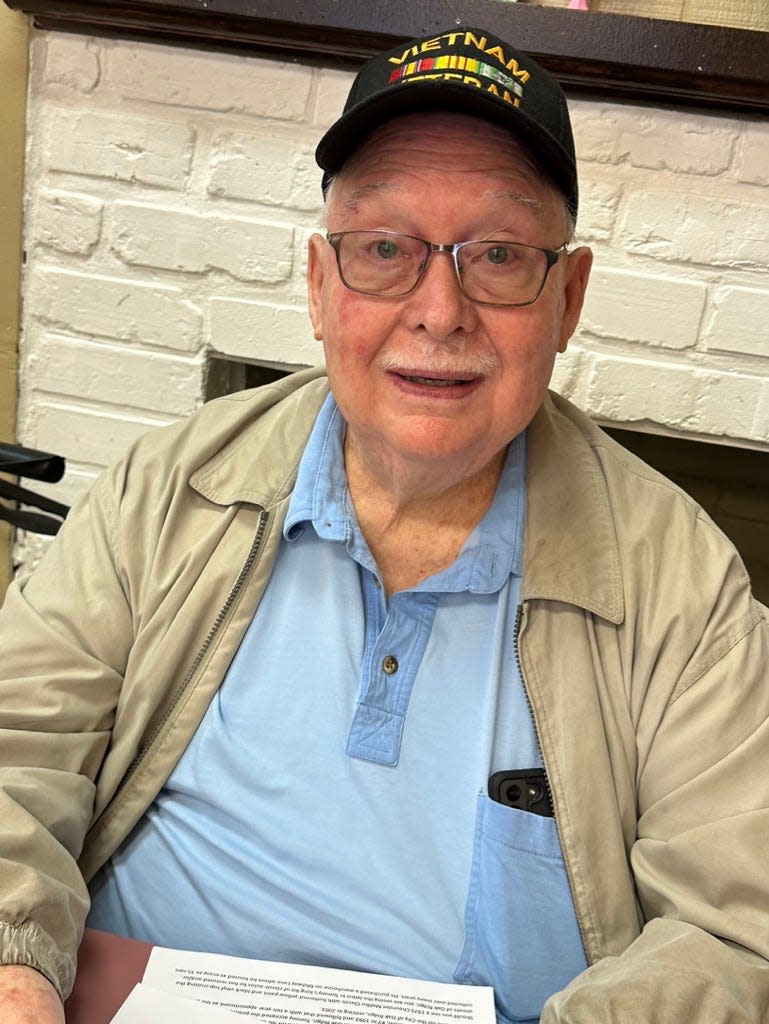
Both Rick and his brother David played Robertsville and ORHS football, at guard and tackle positions, respectively. However, due to a knee injury in Rick’s sophomore year, Wildcat Coach Don Bordinger recommended Rick for specialized sports training and moved him to a position as student manager and trainer for the team.
After two quarters of study at the University of Tennessee, Rick dropped out to work. That decision was soon followed by an invitation from Uncle Sam, a letter advising him to report for Army service. Rick joined in 1969 and served his two-year obligation with one year of that time spent in Vietnam as a cable splicer. This work experience would help define his future career.
Jim Roper
Jim Roper’s mother, Lurlene, followed her older sister, Juanita, to seek work in Oak Ridge in 1946. Lurlene was hired as a telephone operator at the Oak Ridge Hospital, a job she held for 51 years. Soon after her arrival, other family members chose Oak Ridge as their home. Jim remembers that at one time, the tiny flattop the family was assigned housed seven of his extended family, including his grandmother who cared for Jim while his mother worked. The family was later assigned a TDU on Robertsville Road, a home in which Jim still lives some 67 years later.
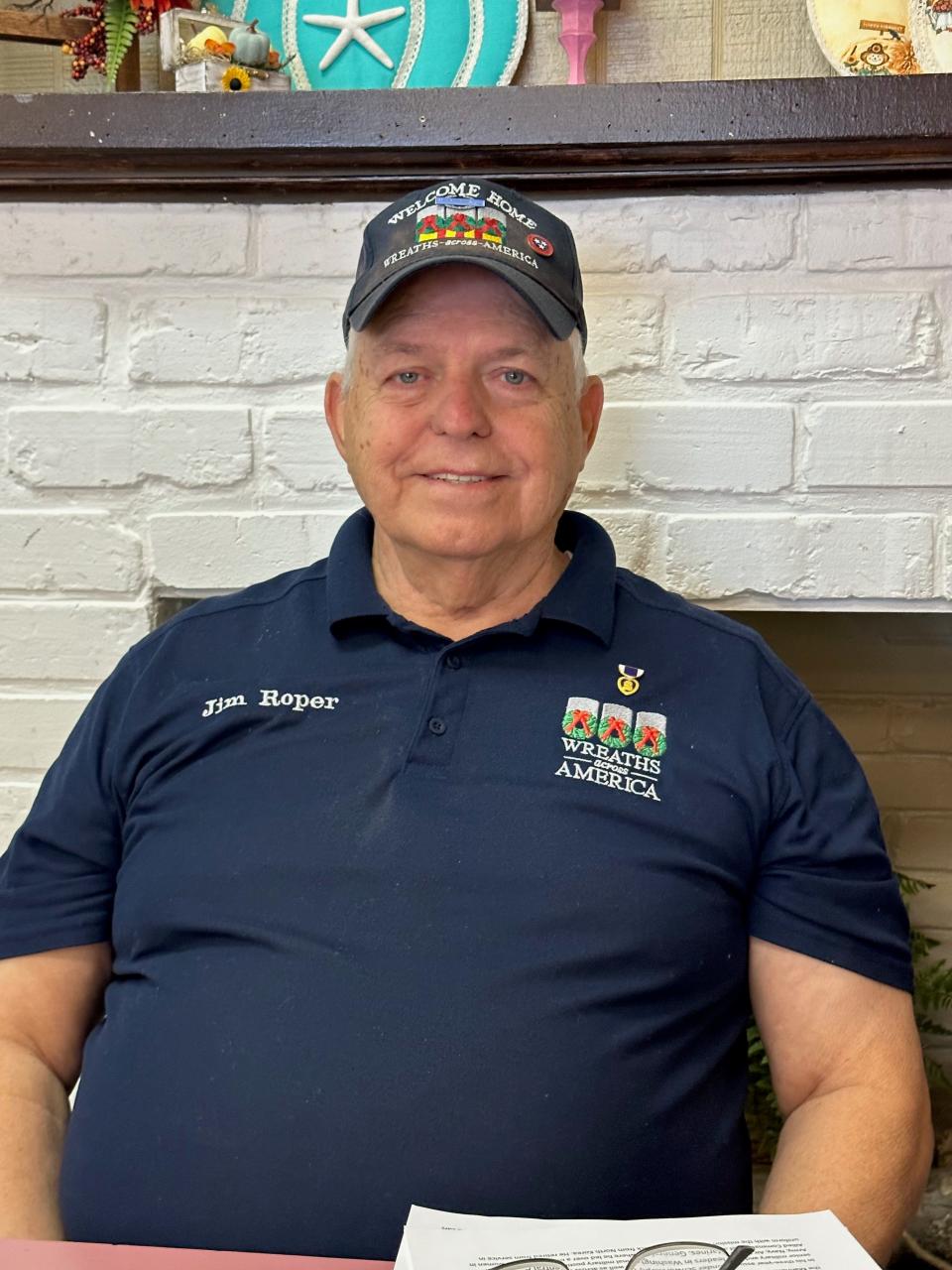
Jim suffered with asthma from an early age. Many absences due to his illness meant that he had to repeat first grade. Jim described himself as too small for most sports, but he praised the efforts of Robertsville Coach Bob Stuhlmiller, who offered him chances to overcome his limitations.
Jim said, “He got me to try gymnastics, and he encouraged me to play RJHS football. He gave me new confidence.”
Jim did not continue to play football due to his size, but he tried new adventures at ORHS and still smiles when recalling his lead role in the school play, “Mr. Twister.”
Jim confessed that he did not care much for school, and thus, he chose to enroll in the Distributive Education program where he could work part of the school day and beyond school hours in a local business. He started as a busboy at Shoney’s restaurant and later worked at Kroger. When he and a buddy failed tests to place them into military service shortly after high school graduation, Jim continued to work in Oak Ridge, that is, until his draft letter arrived in 1968. He was shipped to Vietnam in January 1969 after completing advanced infantry training at Fort Ord in California.
***
Telling these stories of brave, young Oak Ridgers who served during a time of war when their country required their commitment and service is challenging. Roughly 10% of their generation served in Vietnam, and yet many others of their generation opposed the war. All these men returned home to Oak Ridge, raised families, and retired here. I thank them for their willingness to serve, for putting their lives on hold to serve our country, and for the sacrifices they made in being away from friends and family.
Part Two of their story, which will be published Friday prior to Veterans Day on Saturday, will overview their assignments during the Vietnam era, as well as their later post-military lives.
D. Ray Smith is the city of Oak Ridge historian and his "Historically Speaking" appears weekly in The Oak Ridger.
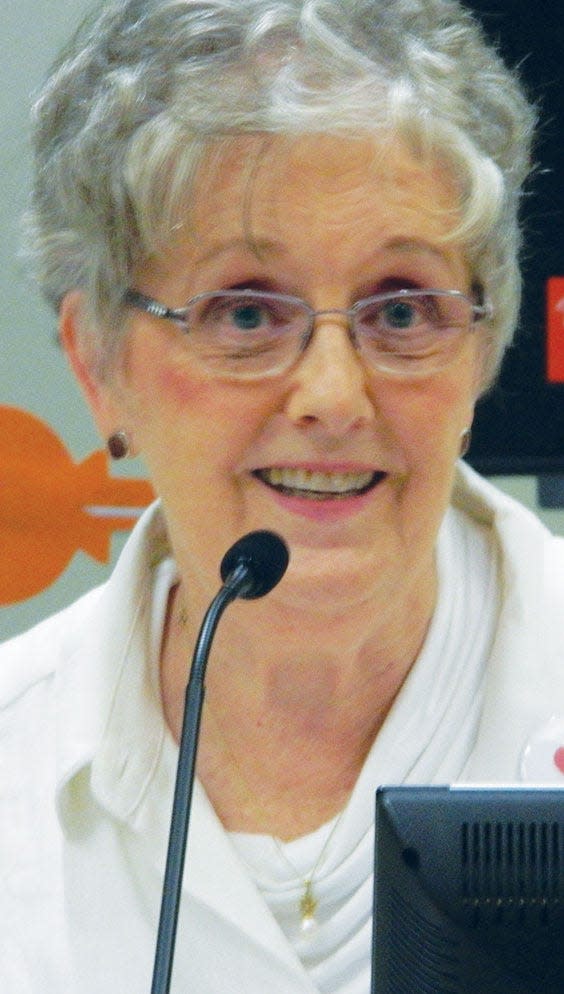
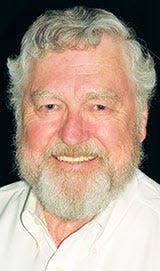
This article originally appeared on Oakridger: Focusing on Oak Ridge's Vietnam War veterans

